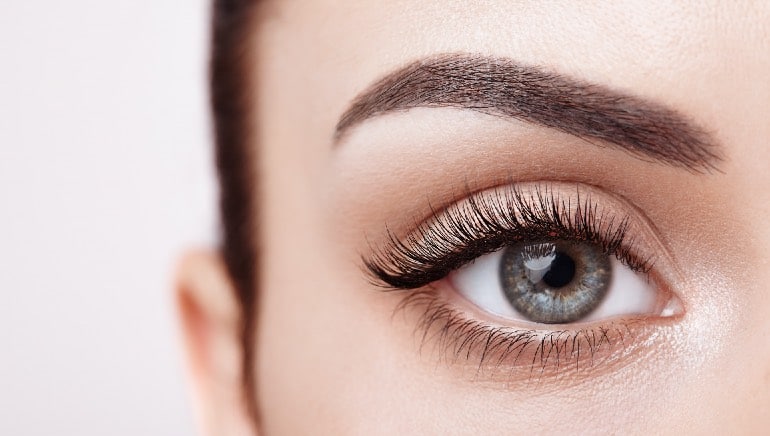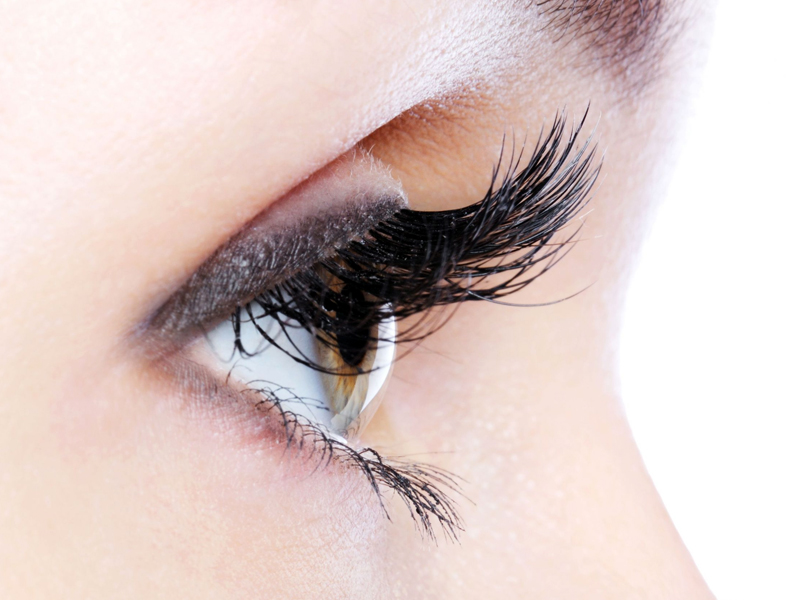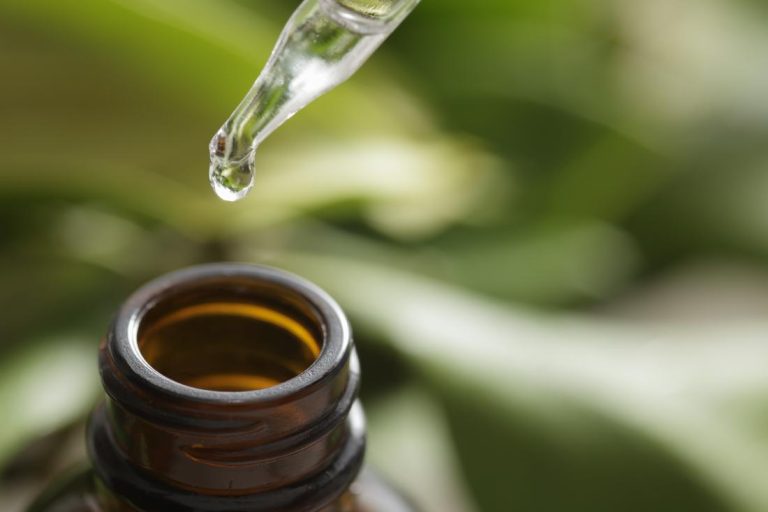Orders Above $30 - Get 15% OFF & Free Shipping, Use Coupon EOFYSALE15
Compare Castor Oil to Other Eyelashes Growth Products [2024]
Castor oil has become a popular natural solution for encouraging eyelash growth. But how does it compare to leading eyelash serums on the market? This article examines castor oil’s effectiveness and safety compared to other popular eyelash products.

How Does Castor Oil Help Eyelashes Grow?
There are a few possible reasons why castor oil may enhance eyelash growth:
- Moisturizing effects – The oil conditions lashes and prevents breakage, supporting growth.
- Anti-inflammatory properties – Castor oil has soothing effects that may promote healthier follicles.
- Antimicrobial activity – It acts as a cleanser, removing bacteria and debris that can hinder growth.
- Ricinoleic acid – This compound found in castor oil may stimulate blood circulation and nourish follicles.
Regular application helps coat lashes with a layer of conditioning oil to improve overall lash health and fullness. While more research is needed, many users report excellent results using castor oil.
Check: Do I Wash Off Castor Oil for Eyelashes in 2024?
Compare Castor Oil to Other Eyelashes Growth Products
Oaustar Castor Oil vs Latisse
Latisse is an FDA-approved eyelash growth serum containing bimatoprost ophthalmic solution. Here’s how it compares:
- Latisse is a prescription medication, while castor oil is an over-the-counter remedy.
- In clinical trials, Latisse improved lash length, thickness, and darkness. Castor oil has less research.
- Latisse sometimes causes side effects like eye redness, itchiness, and discoloration. Castor oil has less risk.
- Latisse costs over $100 for a one month supply. Castor oil is relatively inexpensive.
Overall, Latisse is a proven lash enhancer, but requires a prescription and has occasional side effects. Oaustar Castor oil provides a cheaper, gentler alternative.
Oaustar Castor Oil vs Grandelash
GrandeLASH-MD is a popular eyelash serum that uses peptides, amino acids, and antioxidants to boost growth. Here’s how it stacks up against Oaustar Castor oil:
- Like Latisse, Grandelash has less clinical data backing its effectiveness compared to Oaustar Castor oil.
- Grandelash costs around $65 for a one month supply. Oaustar Castor oil is the more budget-friendly choice.
- Users report similar side effects like eye irritation and discoloration from both products in some cases.
- Grandelash and Oaustar Castor oil both produce natural-looking results – no dramatic changes.
For those wanting a cost-effective option, Oaustar Castor oil may provide more reliable results.
Oaustar Castor Oil vs RevitaLash
RevitaLash Advanced is another leading eyelash conditioner on the market. Here is how it contrasts with Oaustar Castor oil:
- Like other serums, RevitaLash has less clinical research available than Oaustar Castor oil.
- RevitaLash uses peptides to stimulate keratin genes – a different approach than Oaustar Castor oil.
- RevitaLash costs close to $100 for a one month supply, while Oaustar Castor oil is budget-friendly.
- Both can occasionally cause mild irritation, redness, or puffy eyes when applied.
Oaustar Castor oil has the advantage of advanced technology and testing. Yet castor oil offers comparable conditioning without the hefty price tag.
Worth Read: How to Use Castor Oil Australia in 2024 [5 Ultimate Ways]
Oaustar Castor Oil vs RapidLash
RapidLash is an eyelash enhancing serum with a proprietary Hexatein Complex. Let’s examine it beside Oaustar Castor oil:
- RapidLash works by improving overall lash health and vitality. Castor oil acts similarly.
- RapidLash costs around $50 for a one month supply. Castor oil is the more affordable option.
- While RapidLash is clinically tested, castor oil has less scientific research supporting it.
- Both products yield gradual, natural-looking lengthening and thickening over 1-2 months.
For those seeking a cheap alternative, Oaustar Castor oil delivers comparable nourishing benefits to condition lashes.
Oaustar Castor Oil vs LiLash
LiLash is a peptide-based serum designed to boost eyelashes. Here’s the rundown versus Oaustar Castor oil:
- Oaustar Castor oil uses proprietary technology with peptides and botanicals.
- A one month supply of LiLash costs nearly $140, whereas Oaustar Castor oil is cheap and easy to find.
- LiLash has less clinical studies proving its benefits compared to Oaustar Castor oil.
- Both aim to enhance thickness and length while minimizing irritation.
Oaustar Castor oil has the advantage of advanced technology but comes at a steep price with comparable lash moisturizing for a fraction of the cost.
How to Use Castor Oil for Eyelashes
Using castor oil properly is key to seeing results. Here’s how to maximize its benefits:
Applying Castor Oil
- Clean eyelids and remove all makeup before application.
- Dip a clean mascara wand or cotton swab into the oil and brush onto lashes.
- Apply along the lash line and coat lashes from base to tip.
- Repeat daily or a few times per week at bedtime. Consistency is key!
Read: Tips for Applying Castor Oil to Eyelashes Effectively
Tips for Using Castor Oil
- Test for allergic reaction by applying a small amount to forearm before use.
- Store oil properly in a cool, dark place to preserve freshness.
- Shake bottle well as castor oil tends to thicken over time.
- Avoid getting oil in eyes as it may irritate – apply carefully to lash line only.
- Give it 2-3 months for best results – lash growth cycles are slow.
- Mascara wands make application easy vs. rubbing in oil with fingers.
Castor Oil Dos and Don’ts
- Do purchase cold-pressed, hexane-free castor oil for purity.
- Do keep oil in area around lashes – don’t apply to eye itself.
- Don’t layer on too much – a thin coat is effective.
- Don’t use if pregnant, nursing, or have eye injuries without doctor approval.
- Do combine with coconut oil for easier application and added benefits.
- Don’t expect overnight results – be diligent and patient.
Recommended: How to Use Castor Oil Safely On Eyelashes
Potential Side Effects
When used properly, castor oil is generally safe. But possible side effects include:
- Mild eye irritation or puffiness
- Allergic reaction in those sensitive to ingredients
- Contact dermatitis around lash line
Discontinue use if any reaction occurs. See a doctor for severe redness, itching, or swelling.
Frequently Asked Questions
Question 1: How long until I see results with castor oil?
Answer: Allow 2-3 months of consistent use to see optimal effects. Gradual improvement happens over time.
Question 2: Can I use castor oil while wearing contacts?
Answer: Avoid getting oil in your eyes. Remove contacts before applying along the lash line.
Question 3: Does castor oil change eye color?
Answer: No, castor oil does not alter eye color. Discoloration is unlikely when used properly on lashes.
Question 4: How do I remove castor oil from eyelashes?
Answer: Gently cleanse eyelids and
For lash nourishment on a budget, it’s hard to beat castor oil. While not a miracle worker, it conditions lashes to maximize growth potential when applied regularly. Compared to expensive serums, Oaustar castor oil provides a natural, non-irritating option that produces subtle but noticeable improvement over time. With proper use, Oaustar castor oil can thicken, lengthen, and enhance lashes without negative effects.





